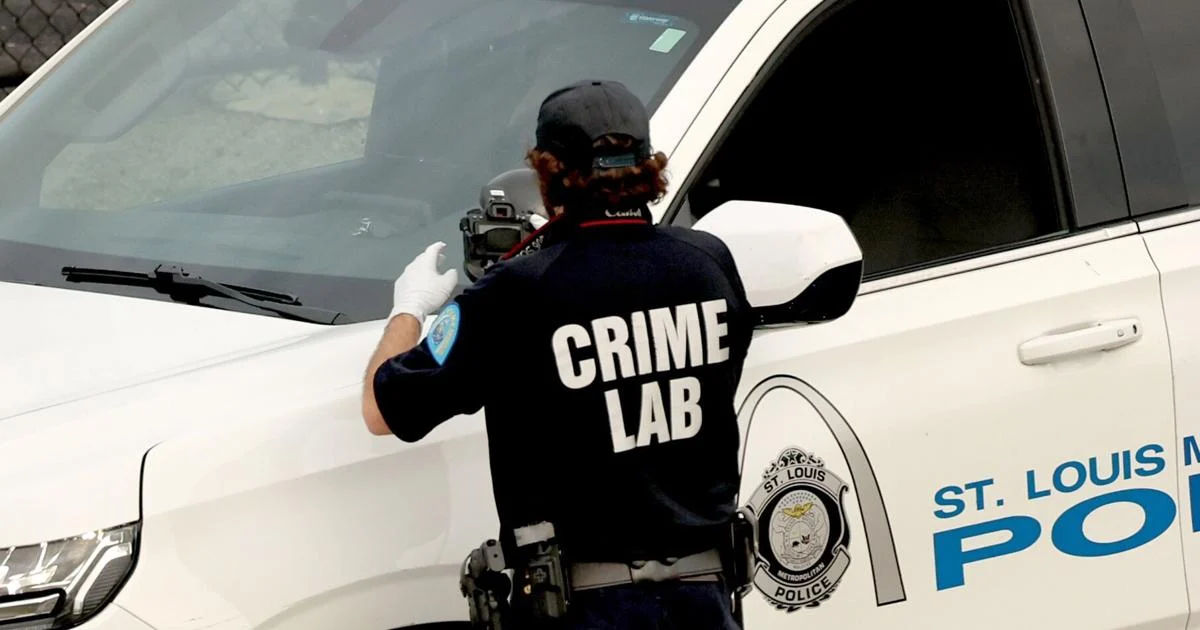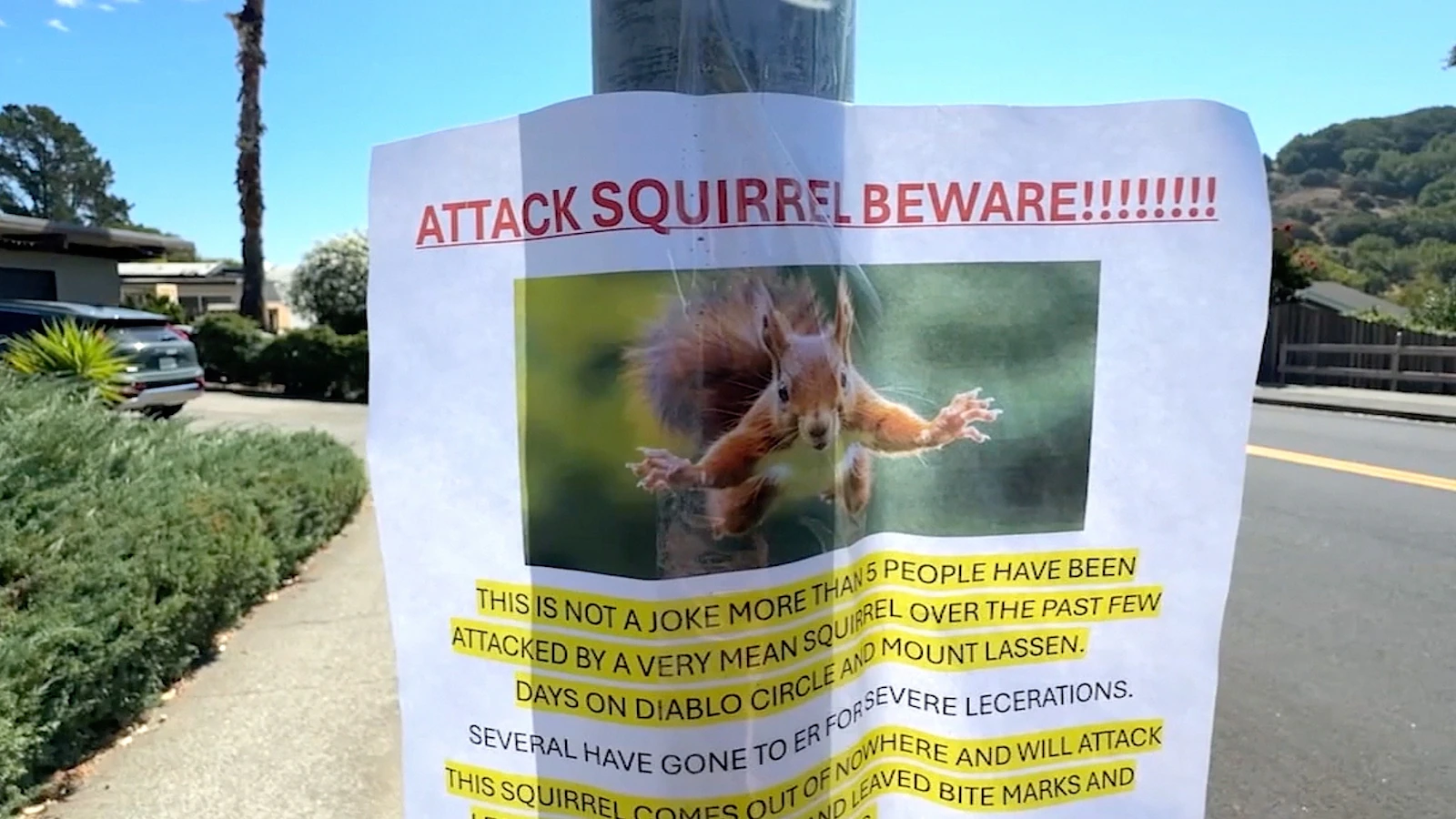
Tony Messenger | Post-Dispatch
Metro columnist
Get email notifications on {{subject}} daily!
Your notification has been saved.
There was a problem saving your notification.
{{description}}
Email notifications are only sent once a day, and only if there are new matching items.
Followed notifications
Please log in to use this feature
Log In
Don’t have an account? Sign Up Today
When Thomas Abt came to St. Louis two years ago to help regional leaders tackle crime issues, he shared data about what hasn’t worked in other cities with high homicide rates.
“There is no city that has had success by arresting its way out of the problem,” Abt said.
In other words, just adding cops and increasing the jail population wasn’t a long-term solution. The same was true for proposed solutions on the opposite end of the political spectrum. No city, he said, showed success in reducing homicides just by throwing social workers at the problem.
Abt, a criminologist and the founding director of the Violence Reduction Center at the University of Maryland, wasn’t pulling figures out of thin air. He was, in part, relying on the deep database of research from a Justice Department website called Crime Solutions.
Developed in 2011 with Abt’s help, the website collects research on crime-fighting measures nationwide. It synthesizes the information in a way that elected officials, policymakers and academics can understand and use to explain to the general public. So when the Save Lives Now! project in St. Louis decided to implement a policy of “focused deterrence” as part of its homicide-reduction effort, the decision was based on evidence that such a strategy had been successful elsewhere.
“It’s been a really important resource for researchers in the field,” Abt says of Crime Solutions. “It’s really helpful for everyday folks in the field trying to be better at fighting crime.”
That’s why criminologists across the country were upset earlier this month when the Justice Department let lapse a contract to keep the site updated with the latest research. The website is still up — for now — but there are no plans to update it.
Count a criminologist at the University of Missouri-St. Louis, Chris Sullivan, among those who are disappointed.
“It is an important tool because it summarizes frequently complex research and implementation processes in an accurate, but digestible, way for multiple audiences,” says Sullivan, chairman of the Department of Criminology and Criminal Justice at UMSL. “It also offers a ‘bottom line’ takeaway on what has supporting evidence, what’s promising, and what has little evidence to support it.”
For instance, if you search “focused deterrence” on the website, it labels the strategy being used in St. Louis as “promising” and links to studies from other cities. In focused deterrence, law enforcement officers identify the key drivers of crime, confront them and offer them a carrot-and-stick approach to ending their criminal ways — by, for example, directing them to social services, such as job search help. The strategy has a proven record of reducing violent crime.
Abt says the Save Lives Now! strategy in St. Louis, which combines focused deterrence with street outreach and cognitive behavioral theory, is working. Violent crime, which was already falling when the program started, continues to fall in St. Louis. As of Tuesday, for instance, the St. Louis Metropolitan Police Department has reported 101 homicides for the year. That’s 50 below last year’s pace and continues a trend of dropping every year since 2021.
The decision to cut funding for Crime Solutions comes as President Donald Trump is declaring war on data across the federal government, from job numbers and economic statistics, to public health information, to history featured at museums and national park sites.
The decision on crime data also comes as he sends the National Guard into places like Washington and Los Angeles (and threatening to send it to St. Louis), even though there is no data the strategy is a long-term solution to crime reduction. (Not to mention the question of whether Trump is violating the Constitution when he sends the National Guard into American cities).
Trump will declare that it’s suddenly safe to go to dinner in the nation’s capital again — as law enforcement officials are losing access to a tool that has guided violence reduction efforts.
Sometime in the next couple of years, the Save Lives Now! effort in St. Louis will wind down, with a rich trove of data that could help educate another city trying to reduce crime. What will happen then?
“The St. Louis effort will be evaluated,” Abt says. “We’ll get a good sense of how successful it is. But what about all the policy makers around the country who will benefit from what happened in St. Louis? Without resources like Crime Solutions, they’ll be much less likely to find out about it.”
Be the first to know
Get local news delivered to your inbox!
* I understand and agree that registration on or use of this site constitutes agreement to its user agreement and privacy policy.
Tony Messenger | Post-Dispatch
Metro columnist
Get email notifications on {{subject}} daily!
Your notification has been saved.
There was a problem saving your notification.
{{description}}
Email notifications are only sent once a day, and only if there are new matching items.
Followed notifications
Please log in to use this feature
Log In
Don’t have an account? Sign Up Today



